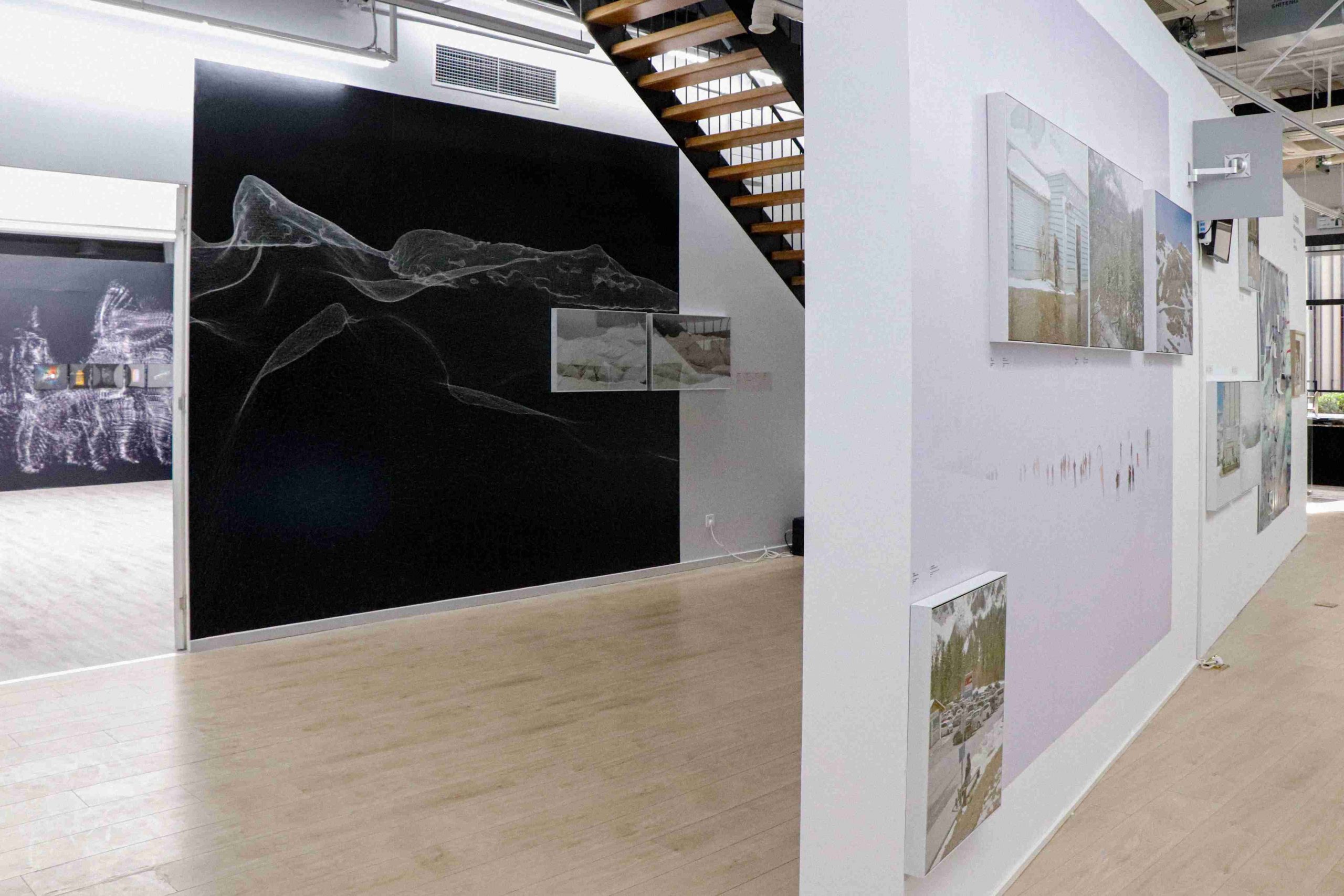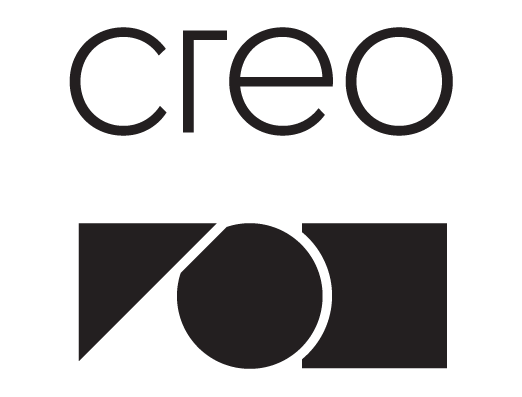Applications for this year’s Exposure Award are now open and to give you a deeper insight into what the judges are looking for, we’re putting each panel member under the spotlight. Kicking off our fortnightly series is Cao Dan. President of MODERN ART and Publisher of The Art Newspaper China and LEAP, this is the second year Dan has joined the Exposure Award jury.

© Hsin-Chien Huang & Laurie Anderson, Exhibition View of Chalk Room, ZiWU Modern Art Base, Shanghai, 2019. Courtesy of ZiWU
In the past 12 months, we’ve seen a dramatic shift with art and culture being consumed online. Do you see this continuing after the uncertainty of the pandemic? Or will viewing art in real life take back the lead?
I believe online consumption of art will continue especially when I noticed that the price of American artist Beeple’s NFT (non-fungible token) on the encrypted art trading platform has skyrocketed. This news reflected the epidemic has only accelerated the digital technology penetration into cultural consumption.
In the future – whether it is art trading, or a channel for learning, viewing and communicating art – digital technology will definitely go deeper and deeper, especially through various technologies, such as artificial intelligence, VR glasses, wearable devices, etc. At the same time, there is an increasing demand for offline experience, and close contact with art, particularly non-planar art. I can not tell whether viewing art physically will take back the lead or not, but the online art will exist and grow in parallel.
What impact will this online shift have on photography and moving image creation?
Digital shifts have brought challenges and innovations to artistic creation. I mean today’s photography and moving image creations are mainly transferred by technology and how people see the world. For example, artificial intelligence has already overturned the way of viewing. It can generate our favorite images according to preference, but at the same time it also gives artists more tools – the threshold of technology and the price of equipment is getting lower and cheaper. The fact is technology will continue to influence and inspire artists’ image production. For example, Sony has launched a full-frame sensor with 102 million pixels. In the future, it will include the development of 3D capture devices and camera eye control functions. I believe these things will have a different impact on image creation.
How would you describe photo-based art in China right now, especially those works created by emerging artists?
I see multiple expressions, some based on technical discussions and some reflecting social or environmental issues. The photo-based art in China presents a multi-dimensional picture rather than being dominated by a certain trend.

© Exhibition View of Between the Mountains, Hills, and Lakes, ZiWU Modern Art Base, Shanghai, 2020. Courtesy of ZiWU
You’ve been on the judging panel since the Exposure Award began in 2019. How have you seen the programme develop over the past three years?
From the previous two winners, French artist Noémie Goudal and Chinese artist Xu Guanyu, I can see the internationalization, diversity and openness of this award, which encourages young artists from all over the world to create experimental works. I hope this award will continue to develop steadily and get more attention from people inside and outside of the art industry.
What are you looking forward to seeing in this year’s submissions?
For many artists, 2020 was an extraordinary and difficult year. And there’s still a long time until we return to normal. I look forward to seeing their expressions. This is the part I feel most excited about this Award. I would also like to see an active participation from artists based all over the world!
